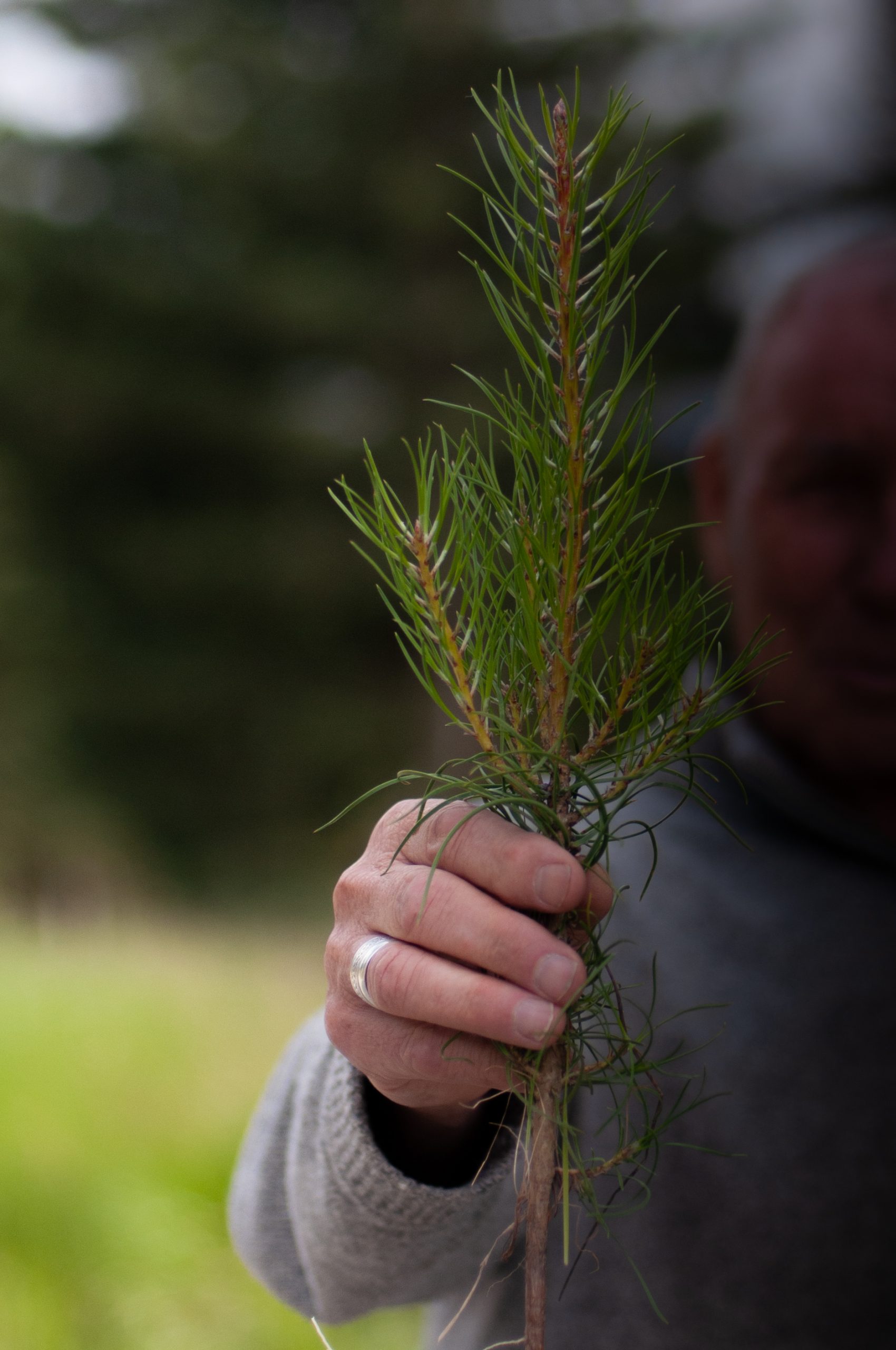JULIE ASHER AND SHANNON THOMSON
If a weed may be defined as a plant in the wrong place then pine trees in Central Otago effortlessly fit that description. The best way to remove them is a significantly thornier problem.
At an unusually divisive Central Otago District Council (CODC) meeting last week, Mayor Tim Cadogan was compelled to use his casting vote on the vexed topic of removing pine trees on the council-owned Half Mile Hill reserve. Ultimately, the vote went against the Vincent Community Board’s decision at its January meeting to stage the removal of the trees at the southern entrance to Alexandra.
The board will meet again next Tuesday to discuss its options on the trees.
For more than 16 months debate has surrounded the trees with emotions flaring on both sides.
The trees are deemed a significant seed source for wilding pines in the area, and in October 2021, were flagged by the CODC and the Central Otago Wilding Conifer Control Group for removal.
At the time a lack of public consultation raised the ire of residents in the Bridge Hill area who use the reserve for recreation.
Public submissions on the issue were received last year, and in January, the Vincent Community Board (VCB) agreed to the removal of wilding conifers at the reserve, but in a staged approach.
Last week the CODC waded in on the issue after the VCB sought clarification whether the staged removal of trees was permitted under the council’s wilding conifer control policy, which was adopted in July last year.
Mr Cadogan reminded councillors that they were considering the entire district, not just Half Mile reserve, while acknowledging it would be affected by the outcome.
Councillor Tracy Paterson said it was hypocritical of the council to pick and choose which government policy it would comply with.
VCB chairwoman and councillor Tamah Alley replied that it was difficult when there was another national policy that said to plant pine trees.
Councillor Lynley Claridge said legal opinion to the council was that there was nothing that prevented or prohibited staged removal of the trees. She felt the policy was being used to subvert a community board decision.
‘‘I don’t feel that’s democratic and I don’t feel that it’s what our people are telling us — I think each case should be considered on its own merits and power should remain with community board to make informed decisions on each case.’’
Maniototo Ward councillor Stu Duncan said rural folk had been addressing wilding pine eradication for more than 10 years and it was only now it had reached an urban area there was an issue.
He agreed a form of staging would happen naturally because ‘‘you can’t cut all the wilding pines down in one week’’.
‘‘I am not in favour of staging it — it’s like asking rabbits if they are old enough to be poisoned, you just got to get on with it, and that process will happen over time,’’ Cr Duncan said.
‘‘The reality is, the trees have got to come out and as soon as it became an issue basically in an urban part of town. we start tricking round with questions.’’
The final decision came down to the mayor with councillors split 50/50 on the issue.
Under Standing Order 19.3 the council chairman — the mayor, Mr Cadogan — had the deciding vote.
‘‘My casting vote is that there is no staging of the wilding pines policy.’’
Speaking to The News, Cr Alley said the council vote was a disappointment for the board.
‘‘That [staged removal] was the direction we were hoping to take. However, we respect that it’s a council policy and it’s up to council to determine that policy. I think the important thing now is making sure that we do get the best outcome for everybody who uses that reserve and drives past it and is a part of the environment, which includes our flora and fauna and our birdlife. I think there’s a lot of learnings that has come from that for both the council and VCB that we can take forward for any future operations like that.’’
Consultation, time frames and where decisions lie across the district’s resources were all part of what had been learned, Cr Alley said.
While she thought the consultation could have been better from the beginning, the survey results the VCB received were thorough and broke down where respondents were from.
‘‘Even down to the percentage of people who were from the Bridge Hill area who were obviously more impacted than say someone who lived in Omakau.’’
Trees on reserves were an operational matter for council staff, however they were also a hugely emotive topic for people that used a reserve and they should have a say on how a reserve looked, she said.
A pylon corridor on the Half Mile reserve added to the mix as there were trees there that had to come down to preserve the power line security. There were also trees at the end of their lives that needed to be removed before they fell.
The agenda for the next VCB would contain the options available to the board following the council decision, Cr Alley said.
‘‘I thought it was a done deal but apparently it is not quite. There will be some options and I guess one would potentially be: don’t comply with the law — but I don’t know yet.’’
A plan for future planting of Half Mile reserve, and the cost, were yet to be presented to the VCB, Cr Alley said.
In line with council policy, pine trees had been removed from Sugar Loaf scenic reserve lastyear and some from Lower Manorburn Dam reserve. Briar rose eradication would begin at Sugar Loaf in the next few weeks.





